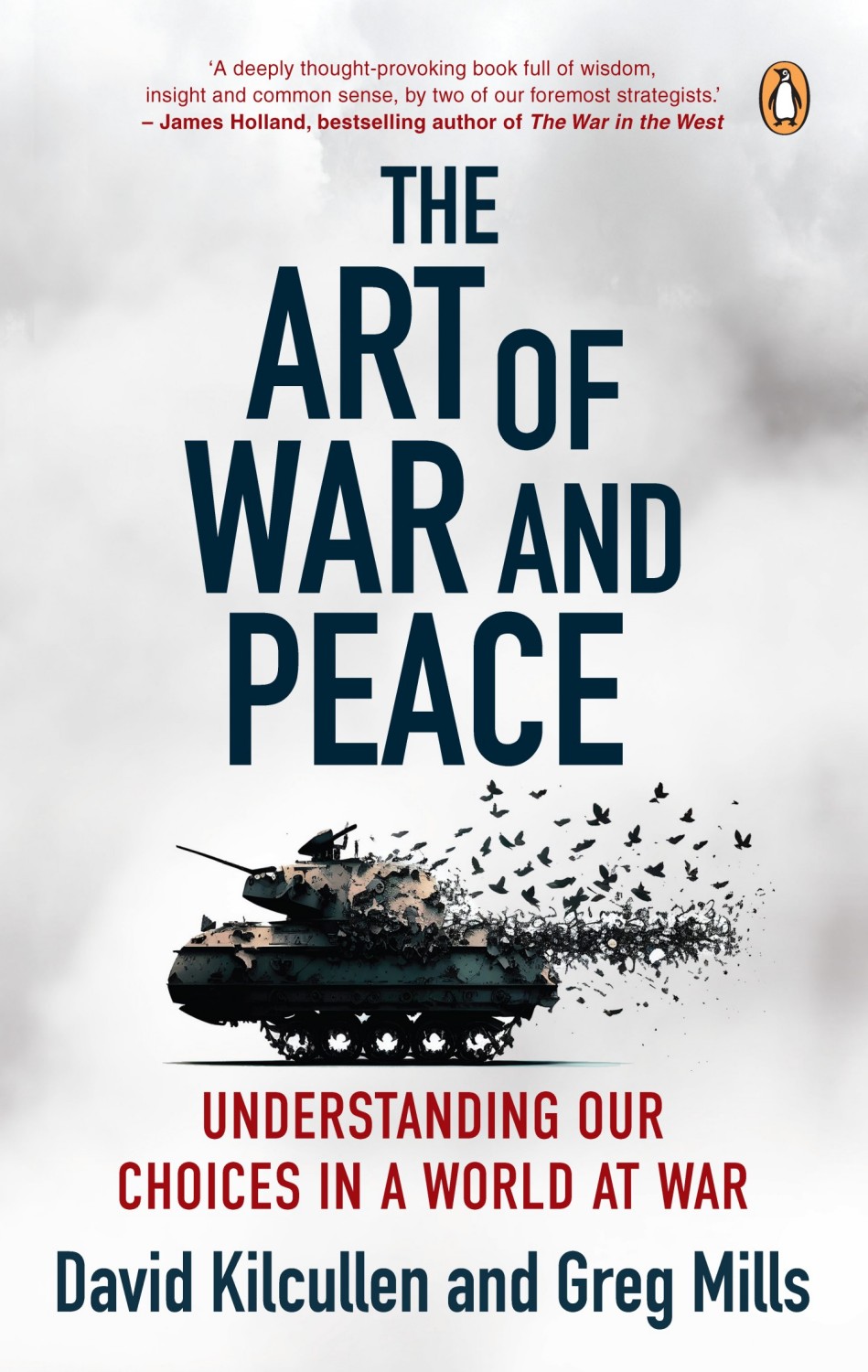

Most ebook files are in PDF format, so you can easily read them using various software such as Foxit Reader or directly on the Google Chrome browser.
Some ebook files are released by publishers in other formats such as .awz, .mobi, .epub, .fb2, etc. You may need to install specific software to read these formats on mobile/PC, such as Calibre.
Please read the tutorial at this link: https://ebookbell.com/faq
We offer FREE conversion to the popular formats you request; however, this may take some time. Therefore, right after payment, please email us, and we will try to provide the service as quickly as possible.
For some exceptional file formats or broken links (if any), please refrain from opening any disputes. Instead, email us first, and we will try to assist within a maximum of 6 hours.
EbookBell Team

4.4
82 reviewsHow have the character and technology of war changed in recent times?
Why does battlefield victory often fail to result in a sustainable peace?
What is the best way to prevent, fight and resolve future conflict?
The world is becoming a more dangerous place. Since the fall of Kabul and Russia’s invasion of Ukraine, the US-led liberal international order is giving way to a more chaotic, contested and multipolar world system. Western credibility and deterrence are diminishing in the face of wars in Europe, the Middle East and Africa, tensions across the Taiwan Strait, and rising populism and terrorism around the world. Can peace, mutual respect and democracy survive, or are we destined to a new permanent chaos in which authoritarians and populists thrive?
Based on their decades of experience as policy advisors in conflicts in Afghanistan, Iraq, Colombia and across Africa, and on recent fieldwork in Israel, Ukraine, Ethiopia and Taiwan, the authors analyse the nature of modern war, considering both large-scale, high-intensity state-on-state conflicts as well as limited-objective, irregular, low-intensity conflicts that often include both inter- and intra-state dimensions.
The book investigates how technology can be a leveller for small powers against larger aggressors; how one can shape and sustain a viable narrative to ensure public and international support; the balance between self-reliance and alliance commitment; and the role of leadership, intelligence, diplomacy and economic assistance.
Weighing up past lessons, present observations and predictions about the future, The Art of War and Peace explores how wars can be won on the battlefield and how that success can be translated into a stable and enduring peace